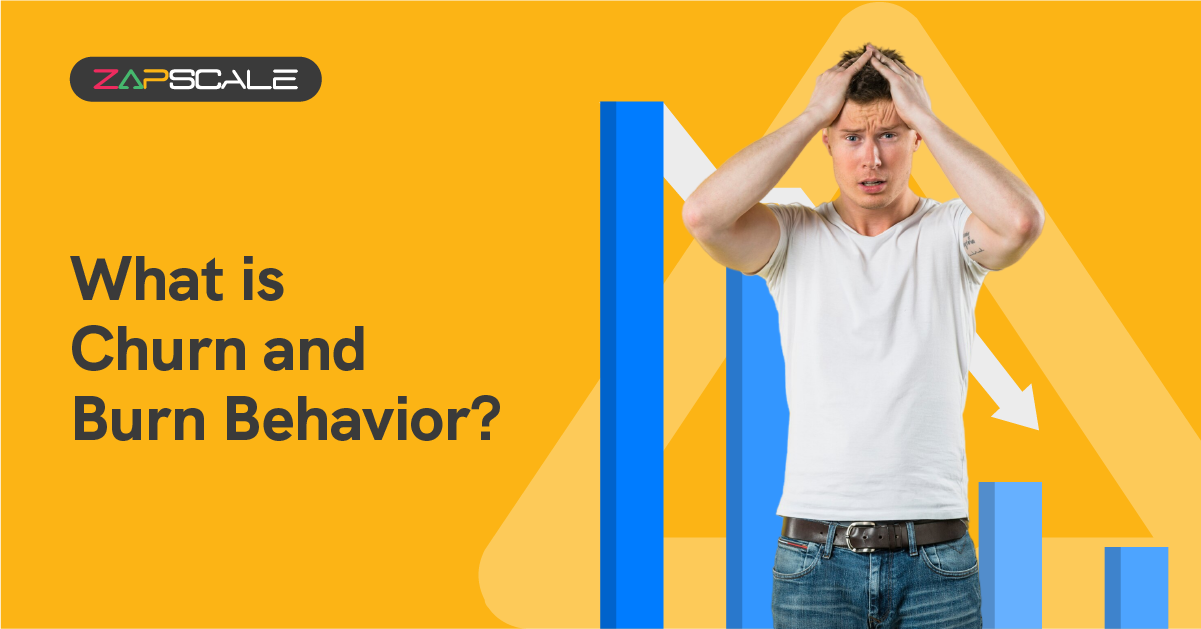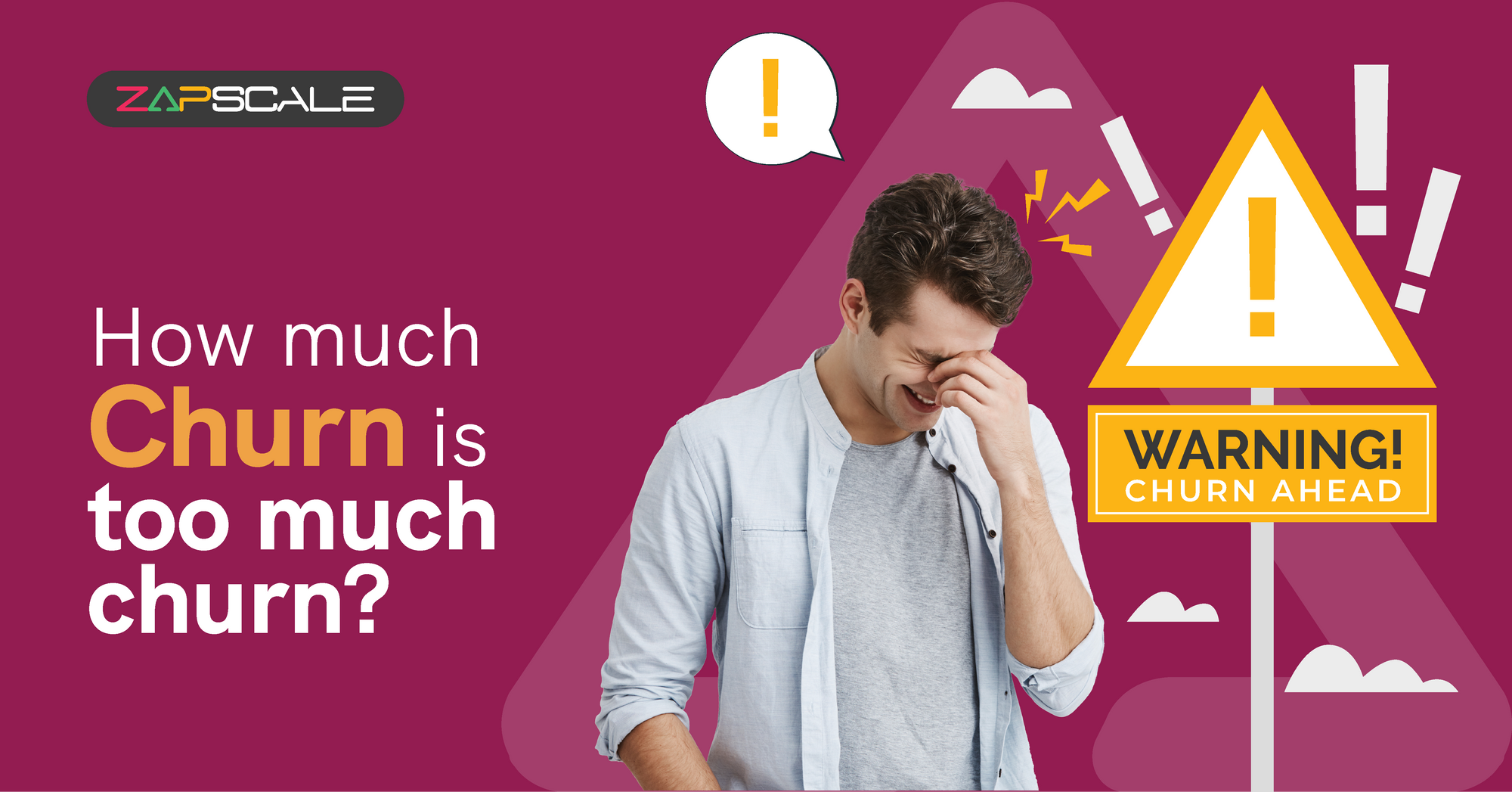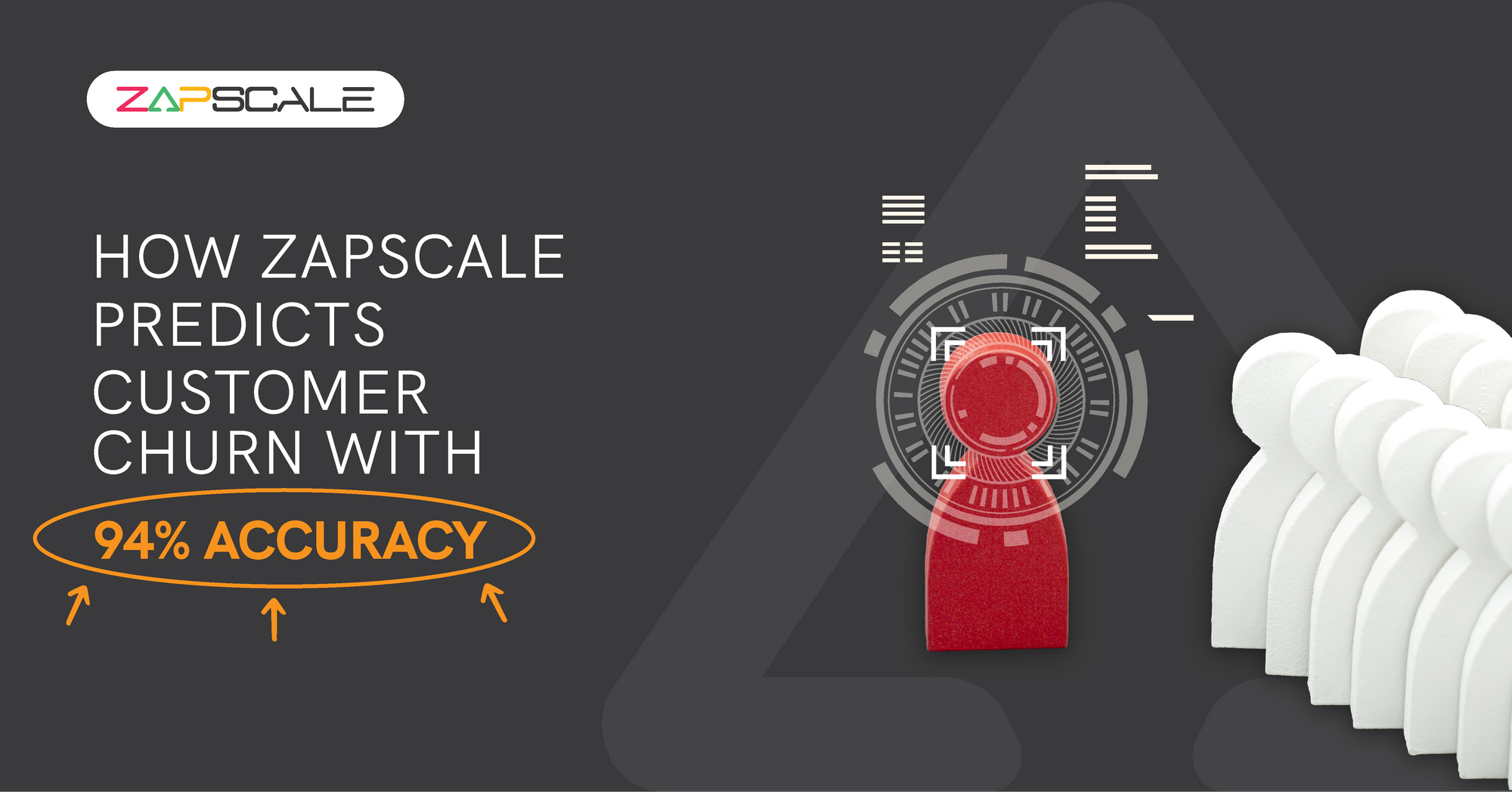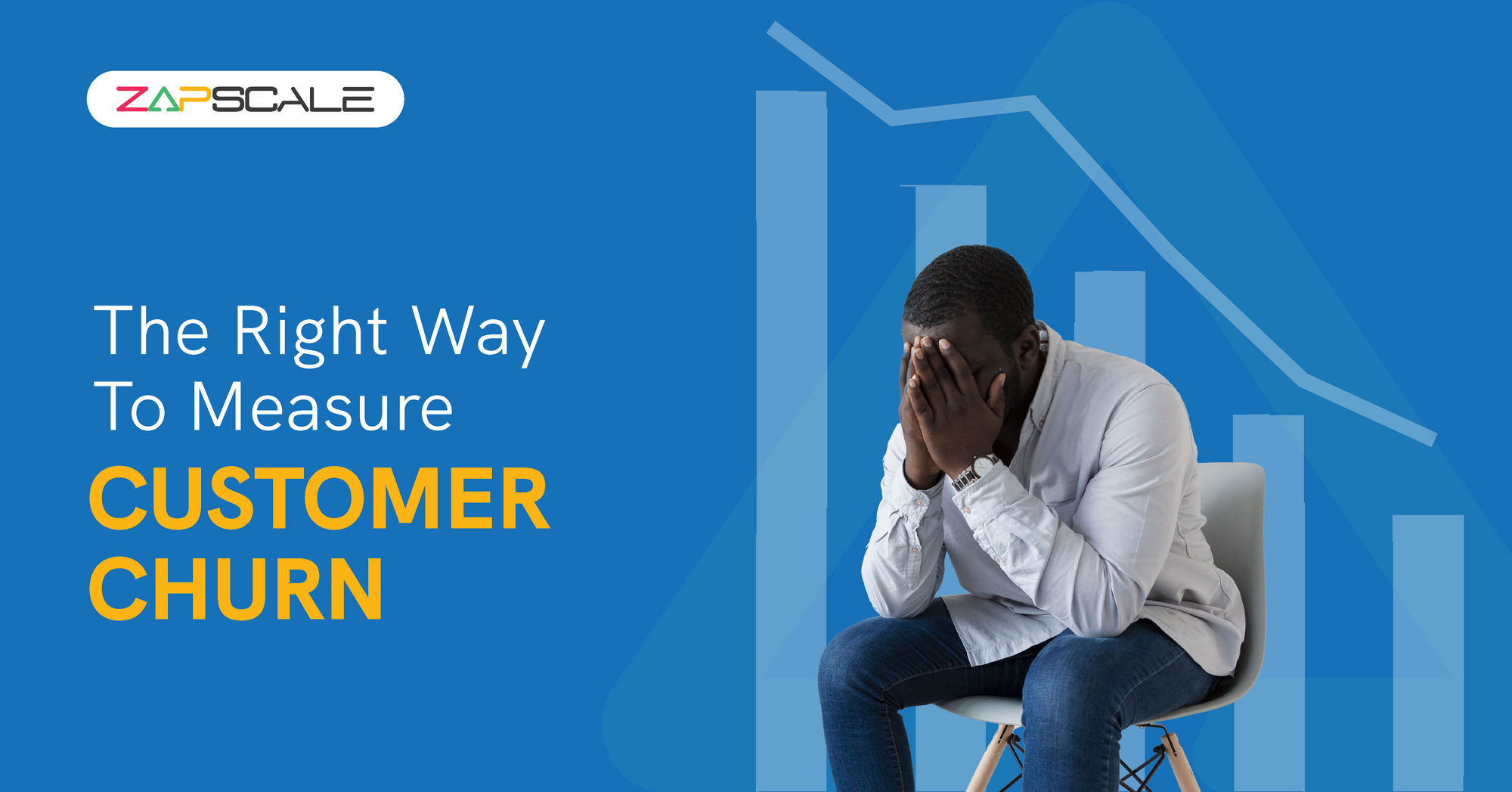CATEGORY > Customer Churn
Sales Excellence: Breaking Free from the “Churn and Burn” Cycle

Introduction
Without sales, there’s no business in the first place!
One of the greatest challenges faced by sales executives is losing customers, which often means they’ve to start from the beginning again.
Losing a customer not only has an immediate impact on revenue but also causes sales teams to spend time and resources on obtaining new customers, frequently encountering the same challenges and uncertainties as before.
“Churn and Burn” is a prevalent behavior encountered in sales.
In this post, we’ll highlight this phenomenon and reveal how sales teams can combat it. If the topic interests you, continue reading down below.
Decoding Churn And Burn
Churn and burn is a business strategy that prioritizes new customer acquisition over retention.
This might result in high customer churn, greater expenses, and lost revenue.

In the arena of sales, “churn and burn” behavior refers to a high-turnover strategy in which sales teams aggressively pursue new customers while regularly losing old ones.
This strategy may appear beneficial in the short term because it concentrates on bringing in new business quickly. However, it frequently causes problems in the long run and demotivates the sales associates.
The phrase "churn" refers to the rate at which customers exit a business, whereas "burn" denotes the aggressive acquisition of new customers.
This not only disturbs revenue streams but also wastes resources that could be better spent on developing long-term connections.
The 'burn' component of the term refers to the aggressive, often reckless chase of new customers, often at the price of sustaining existing ones.
When an organization focuses entirely on obtaining new customers and neglects retention, it can result in greater acquisition costs, decreased income from lost customers, and reputational damage.
Furthermore, sales teams that follow this strategy may encounter inconsistent performance and customer satisfaction challenges.
To halt the cycle of "churn and burn", solutions that balance customer acquisition with retention efforts must be deployed.
This entails focusing on developing strong, long-term connections, offering outstanding customer service, and engaging with existing customers constantly to keep them satisfied and loyal.
How Constant "Churning And Burning" Can Silently Sink Your SaaS Business?
Churn and burn can be havoc for your SaaS business as it decreases the customer retention rate.
Customer retention is critical to the success of any SaaS business since it directly affects revenue stability and long-term growth.
Let’s find out more about this by reading below.

1. Higher Acquisition Costs
Continuously obtaining new customers while losing existing ones results in greater acquisition expenses.
Every time a customer goes, you must increase your marketing and sales budget to replace them.
This can quickly reduce profit margins and make your organization financially less efficient.
2. Revenue Instability
Customer churn creates unpredictable income streams.
If you lose customers at a rapid pace, your monthly recurring revenue (MRR) becomes unstable, making it harder to estimate and prepare for future growth. This volatility can impede your capacity to make effective investments.
3. Decreased Customer Lifetime Value (CLV)
When customers leave rapidly, their lifetime value diminishes.
The CLV is critical for determining the profitability of acquiring customers. Short-lived customer connections indicate that you are not utilizing each customer's revenue potential, which influences your long-term profitability.
4. Lower Morale Among Staff
Dealing with churn and the need to replace lost customers can harm the morale of your sales and customer support employees.
Stress among workers and discontent can lower productivity and increase turnover rates within your company.
5. Difficulties In Market Positioning
It communicates to the market that your company may not be providing value, thus, making it more difficult to differentiate yourself from the competition. Effective positioning necessitates a consistent customer base that can testify to the quality of your products.
6. Mismatched Sales And Marketing Efforts
Continual churn and burn can result in misaligned sales and marketing strategies.
In such cases, both marketing and sales teams go in different directions.
High churn rates sometimes lead to sales teams focusing on obtaining new customers while marketing efforts are not customized to retain existing ones, resulting in inefficiencies and missed targets.
7. Poor Business Valuation
Investors and stakeholders take churning and burning seriously and consider it a huge red flag.
They may view your business as unstable or unsustainable, which can lower its valuation and make it more difficult to acquire capital or investment.
8. Compromised Data Integrity
Customer data is essential for analyzing user behavior and developing your product.
A high burn and churn model may result in inconsistent data collection.
Frequent churn and burn implies unreliable data, limiting your capacity to make informed business decisions.
Top Strategies To Combat "Churn And Burn"
The phenomenon of churning and burning should not be a routine in your SaaS establishment or any other organization for that matter.
Let’s talk about some proven strategies that work like magic in combating this churn and burn loop.
1. Strategies For Your Team
a. Set Clear Goals And Standards
A clear knowledge of objectives and expectations gives guidance and motivation. Clarify what is expected of your sales team while setting precise and attainable targets.
It enables team members to focus on their goals and understand how to attain success, reducing confusion and disappointment.
b. Promote Open Communication
Open communication helps to handle problems before they escalate and demonstrates that their perspectives are appreciated.
Create a workspace in which employees feel comfortable sharing their concerns and ideas.
Maintaining transparency and promoting communication ensures that employees feel heard, supported, and satisfied.
c. Offer Competitive Compensation And Incentives
Competitive remuneration is critical for retaining employees and lowering attrition.
Ensure that your remuneration structure, which includes basic salary, commissions, and bonuses, is appealing and justified.
Well-structured incentives encourage employees to perform well and feel valued, which increases their overall job contentment.
d. Support Work-Life Balance
Allowing employees to balance their professional and personal lives reduces overwork and stress.
Employees who believe they have time for both work and leisure hobbies are more likely to remain motivated and engaged than their counterparts.
So, encourage a healthy work-life balance by providing flexible hours or remote work opportunities.
e. Invest In Professional Growth
Investing in employees' career development demonstrates a commitment to their future and keeps them motivated.
When team members see opportunities for promotion, they are more inclined to stay with the organization in the long run.
Regular training programs are beneficial in keeping your sales team up to date on industry advancements, product expertise, and selling strategies.
Provide opportunities for professional development through training programs, workshops, and clearly defined career routes.
2. Strategies For Your Customers
a. Build Long-Term Relationship
Sure, closing sales is important but what’s more important for your team is to build long-term relationships.
Long-term partnerships increase customer loyalty and reduce churn.
Make customers feel valued and understood so that they stay longer with your organization.
b. Personalize The Customer Experience
Tailored customer experiences ensure reduced turnover and enhance customer loyalty.
Empower your sales team to customize interactions based on the customer's history and preferences.
c. Deliver Exceptional Customer Service
Prompt responses, helpful support, and a proactive attitude contribute to a great experience, making customers less inclined to switch to competitors due to poor service.
Train your sales team to provide excellent customer service across all touchpoints of a customer journey.
d. Assess Customer Feedback Regularly
Create a framework for reviewing and acting on customer feedback.
Encourage your team to use this input to strengthen their strategy and solve common challenges.
By acting on feedback, you show that you appreciate customer feedback and are dedicated to continuous growth.
e. Follow-Up Consistently
Ensure to follow up regularly with your customers.
Consistent communication aids in problem resolution, feedback collection, and customer engagement.

This proactive approach demonstrates that you are concerned about their satisfaction and might save them from feeling abandoned.
FAQs
1. What are some signs that your business is stuck in a "Churn And Burn" cycle?
Some common signs of being stuck in a “churn and burn” loop include high customer turnover, frequent recruitment for sales roles, inconsistent revenue streams, and declining customer satisfaction.
2. What are the key effects of "Churn And Burn" on a sales team?
The ongoing cycle of replacing lost customers can leave salespeople unhappy and anxious. Further, it can demotivate them, reduce morale, and raise turnover rates.
3. Why is it necessary to balance acquisition and retention efforts?
Balancing these activities guarantees that you attract new customers while also preserving and nurturing existing ones. This results in more consistent revenue and a highly engaged sales team.
ABOUT THE AUTHOR
Sonali is a social media enthusiast and creative content writer with 3+ years of experience. With a passion for storytelling, Sonali delivers content that inspires, informs, and captivate readers.
Popular from Customer Churn
Quality Content,
Straight To Your Inbox!
Subscribe for the latest blogs, podcasts, webinars, and events!

Write a Blog
If you have experience in CS and
a flair for writing, we’d love to
feature you.
Write to us on
hello@zapscale.com




